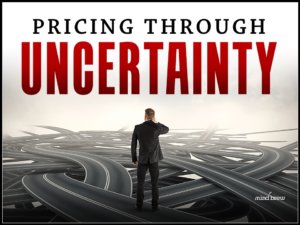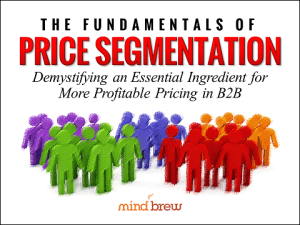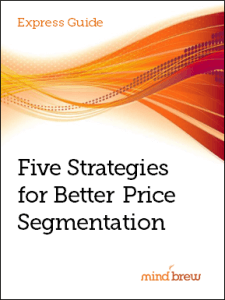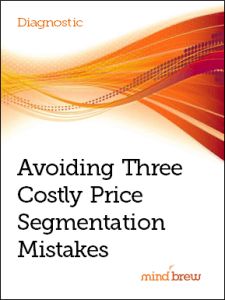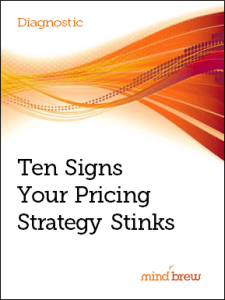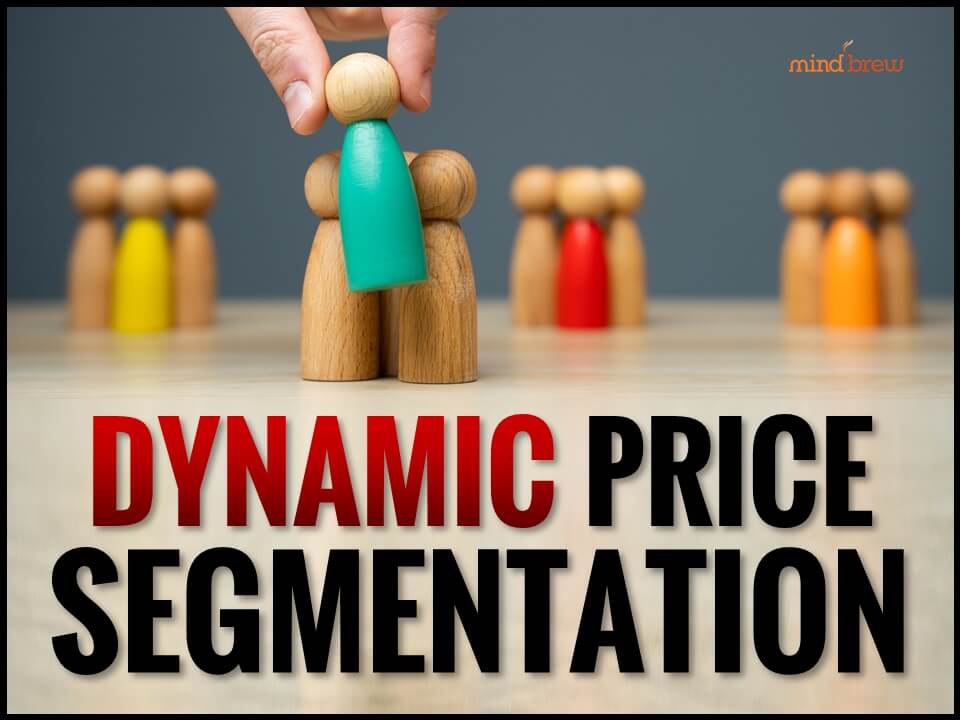The last few years have certainly been uncertain.
Just when we think things are getting back to normal, something else heads our way. Between the pandemic, global conflicts, supply shortages, labor shortages, and inflation, many B2B firms have faced significant — and perhaps even existential — threats.
In times like these, people can be tempted to panic. It’s only natural. The fight or flight instinct kicks in, and people overreact to the situation at hand, potentially making things worse.
But as a pricing team, you have one tool at your disposal that has the power to quench a lot of your co-workers’ fears.
If you’ve ever lived through a natural disaster, you’ve probably experienced the calming effect of this tool. For hurricanes, blizzards, forest fires, tsunamis, floods, droughts, even volcanoes, this tool has the power to make people feel empowered to make good choices.
What is the tool?
A model.
In a natural disaster, a forecaster’s model helps you know whether the event will affect you and how severe it might be. It lets you decides whether to evacuate or just stock up on supplies and shelter in place.
In B2B pricing, a model helps you understand what the effect of pricing changes might be. For example, imagine that rising gas prices mean that you need to increase your prices to preserve margins or even to cover your costs. (Maybe not so difficult to imagine right now.)
The riskiest thing that you can do in this situation is to implement an across-the-board price increase. That’s the equivalent of panicking and running in the wrong direction in the face of an oncoming disaster.
On the other hand, if you have a very granular, market-based pricing model, you can see which segments have a greater willingness to pay and which have a lower willingness to pay. By concentrating the increases in the segments with greater willingness to pay and making smaller price increases more gradually in more price-sensitive segments, you can take the necessary action to maintain (or even grow!) margins while minimizing the risk of sales decreases.
Just as important, these models can help calm the fears of the other people in your organization who may have a stake in pricing decisions. By showing them where you will increase prices and how it will affect sales and revenues, you can help them feel more confident that your company can withstand the latest bout of uncertainty.
And one of the great things about a good price segmentation model is that it’s just as useful in the good times as it is in the less-good times. When the economy is chugging along with only blue skies in sight, your segmentation model will help you maximize your profits.
And when an emergency arises — as it inevitably does — you’ll be doubly glad that you have your model to help you plan appropriately and weather the storm, so to speak.
We cover several other tips on dealing with difficult times in the Pricing Through Uncertainty webinar. And if you’d like to learn more about creating a model, check out the following resources:
- Price Segmentation Attributes
- The Fundamentals of Price Segmentation
- Five Tips for More Effective Price Segmentation
- Avoiding Three Costly Price Segmentation Mistakes
No one can guarantee that you won’t go through difficult times. But being prepared makes uncertain times less stressful.

